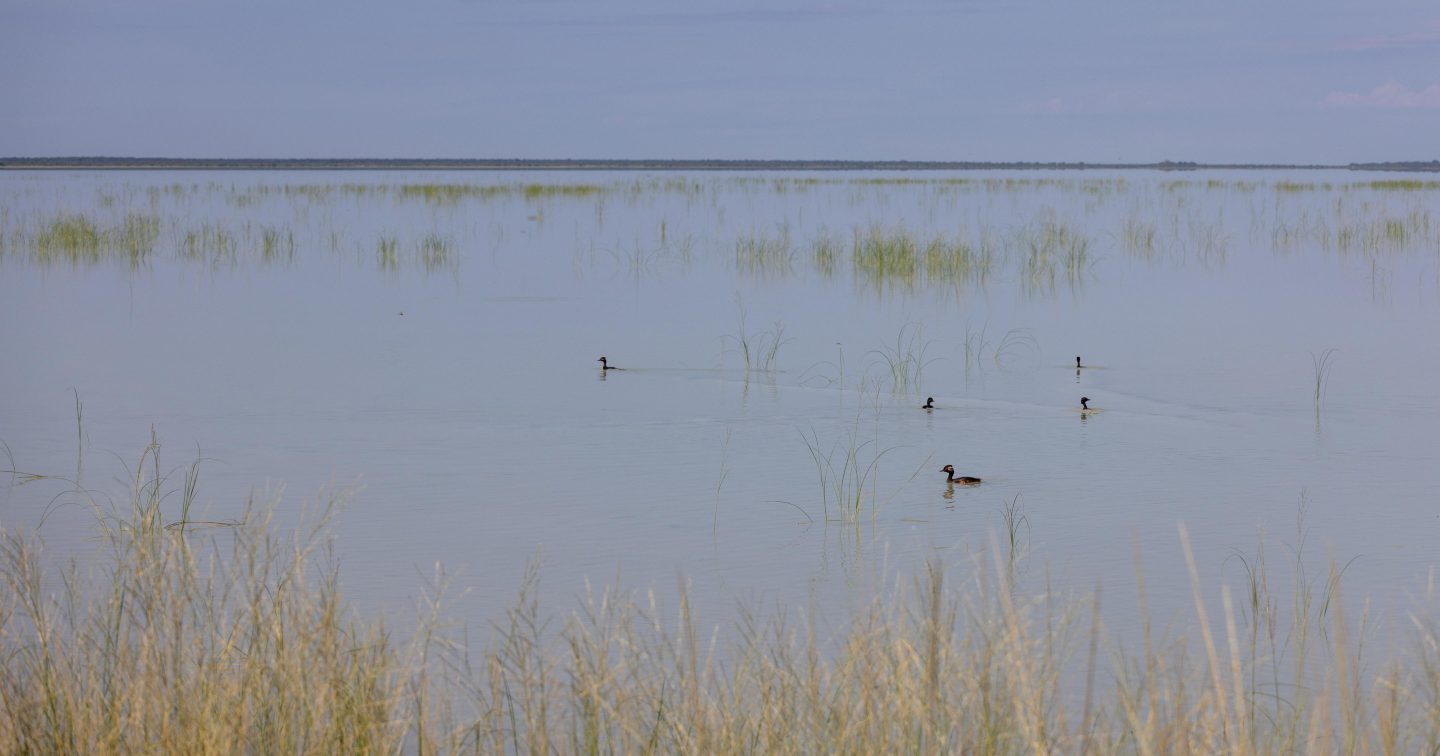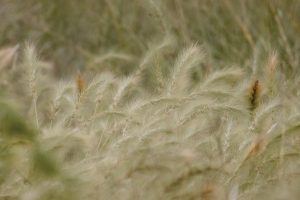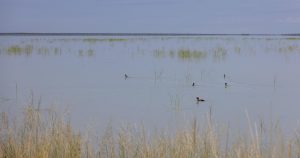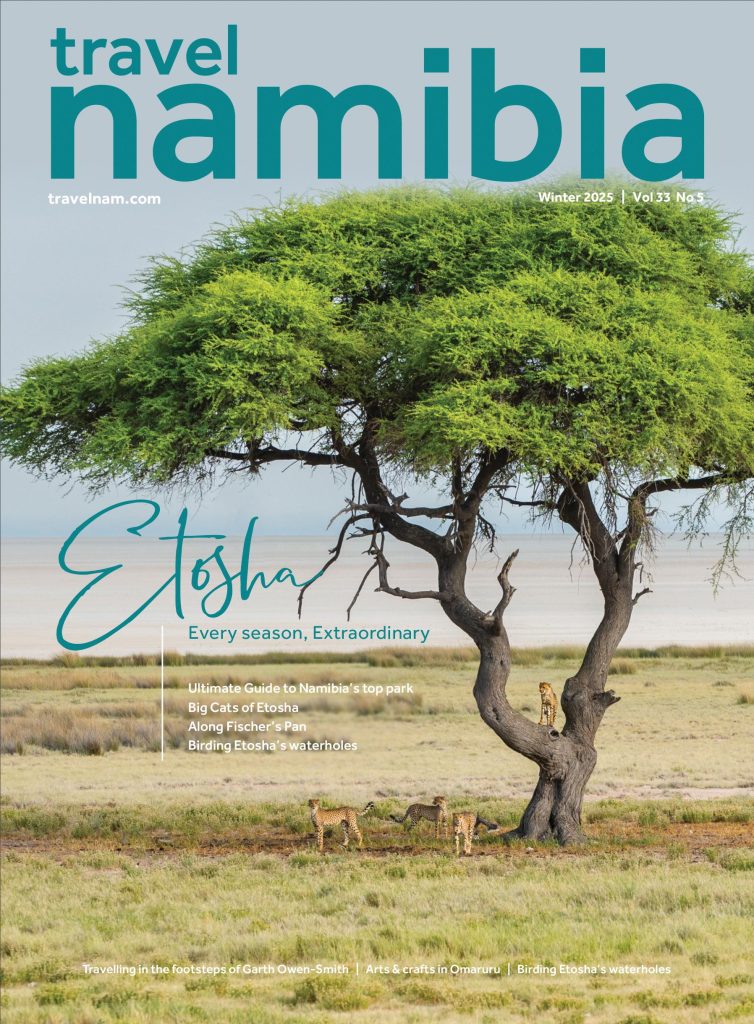

The wet edge of Etosha
There is something surreal about watching water shimmer across a place known for its thirst. In the rainy season, Etosha sheds its dusty coat and takes on a new, softer form – especially at Fischer’s Pan, where the arid becomes aquatic and the wild finds wings.
Text Elzanne Mcculloch
From the Winter 2025 issue
Fischer’s Pan lies on the eastern edge of Etosha National Park, near Namutoni. It is a seasonal extension of the vast Etosha Pan, and during the rains, from January through April, it transforms into a haven for waterbirds, its shores teeming with life and song. Where in winter the cracked salt crust bakes under the sun, summer delivers a silver sheen of water, drawing birds from across the continent.
We set out early from Mushara Lodge just outside Von Lindequist Gate, the sky low and moody with clouds. The road to the pan leads around the east of Fort Namutoni and is slick and rutted – the kind of track that hints at adventure. Soon enough it comes into view… Fischer’s Pan stretching out, its water level just deep enough to draw a flock of the feathered variety.
Black-winged Stilts wade in the shallows, their elegant red legs like brushstrokes across the water’s reflection. They move with precision, dipping and lifting, sometimes flaring into flight in choreographed spirals. Just past Twee Palms waterhole, the road cuts through the water-filled pan like a bridge across a sea. At the reedy edge of the water, flurries of movement catch our eye as our vehicle approaches. Black-necked Grebes, with their golden ear tufts glowing in the morning light, dart away from the roadside into the safety of the water. We slow down to inspect where they keep coming from, feeling impish that we are disrupting them from what seems to be rather important work. In the reed tufts along the bank that separates the inundated pan from the road, the grebes are tending to floating nests tucked into the marsh grass. Bright white eggs are on display. Having flitted off as we approached, they now slowly paddle back to their posts upon realising we are no threat. We watch quietly as they dive and resurface, climbing back on their nests – ever watchful, ever busy.
This part of Etosha is different in mood and pace. There are fewer tourists here in the green season, and the animals move to a different rhythm. Impala herds browse the bright underbrush, and a lone giraffe stands silhouetted against a storm cloud, unmoving, contemplative. Wildebeest and zebra move in and out of view, often half-concealed by the lush grass. The trumpet thorn bushes (Catophractes alexandri) sport their iconic white flowers.
But it is the birds that hold our gaze. A Saddle-billed Stork stands statuesque, knee-deep in the flooded pan. Whiskered Terns dance over the water’s surface, and flocks of Pratincoles wheel in erratic bursts. Flamingos breed here and in the neighbouring giant, the Etosha Pan. For a few months each year, the pans in Etosha become a sanctuary for these delicate lives. It serves as a reminder that Etosha is not only about elephants and lions; it is also about the intricate correlation between timing and transformation.
We completed the loop around the pan near Klein Okevi. And if the birdlife and plains game along our route were not reward enough, the most remarkable sight sat waiting for us on top of a termite mound…
Most photographers have a dream list – those singular shots they hope to get, even just once in their lives. For me, it was that iconic image of a leopard lounging in a camel thorn tree – which I was fortunate enough to get a few years ago at Okonjima Nature Reserve. My second was a photo of a cheetah posing on a termite mound.
A hard brake, the engine switched off. The kids, chattering away in the backseat, forgotten as I lifted my lens to the spotted feline before me.
Click, click, click. “Look Mamma, that cheetah is on an anthill,” Luka calls from the back. I turn and smile at him. “It sure is!” He ticks it off the animal checklist we keep in the car while touring through Etosha. I tick it off a list of dreams in my heart. The air smells of rain, earth and a world of wild possibilities.
Thunder lurks in the distance. TN






